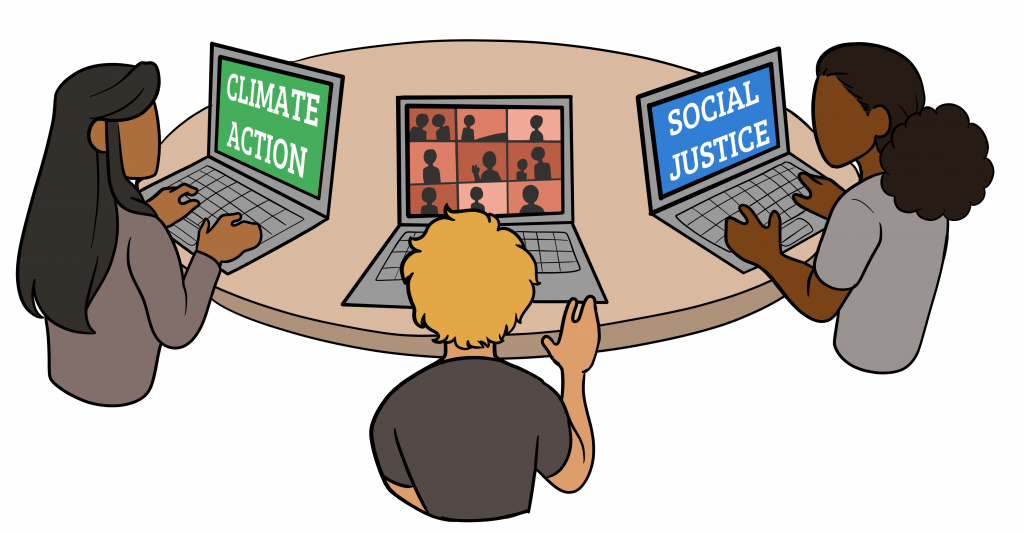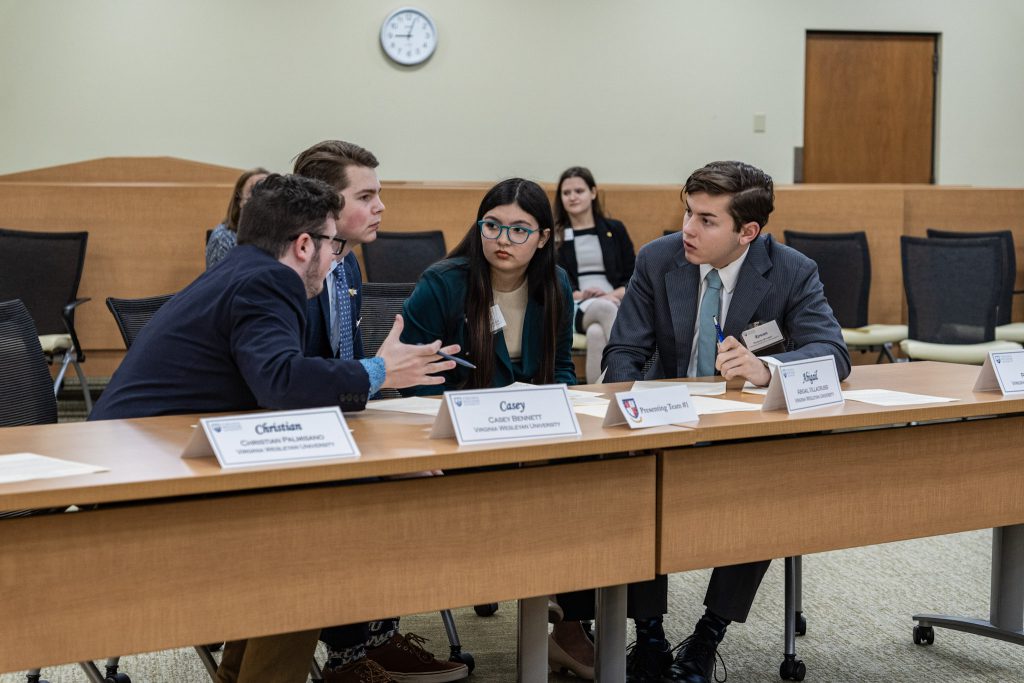VWU Associate Professor of Political Science and Chair of the Political Science Department Leslie Caughell further explains the circumstances surrounding the California et al. v. Trump et al. lawsuit and the possible path it could take through the legal system.
Q: What is the relevance or importance of states being able to sue a federal entity? The states are currently “claiming to bring the action forth” in order to protect their residents, natural resources and economic interests. Is this enough basis for such a lawsuit?
A: This is one of the basic checks and balances in our constitutional system. All power doesn’t reside with the president, nor does it reside with the federal government. States challenging federal entities provides them the opportunity to curb the power of the federal government relative to that of the states when they conflict.
Q: The lawsuit brings into question control of funds and the scope of presidential powers during a national emergency. Are such concepts not explicitly defined, or are they more loose concepts that are left to be interpreted by each administration? There seems to be some overlap between these powers, so can you elaborate on that?
A: The constitution is designed so that many powers overlap. The parts of the constitution that deal with presidential powers, including the vesting clause, are vague. This means that each administration comes in with some understanding of what they believe the executive can do. What’s been relatively consistent across administrations, however, is that modern presidents have pushed the boundaries of what’s acceptable, especially when Congress has been unwilling to legislate in ways that they wanted. And Congress has been much more willing to allow presidents to exercise these executive powers that many consider overreach, even though they claim not to like them, because it keeps Congress from having to legislate on hard issues, like immigration or war.
Q: Can you provide a basic rundown of a procedural process the lawsuit may run through? The lawsuit between 16 states and President Trump, California et al. v. Trump et al., was filed in San Francisco’s Federal District Court, so what will happen next?
A: It will go to the 9th Circuit. That court will determine if the plaintiffs have standing (that they can demonstrate harm) and then decide how to proceed. One interesting thing lost in this debate is a large check that will likely keep Trump from implementing his National Emergency as planned is Congress itself, that includes Republicans. … The court will then eventually have to decide on the merits of the case. From there, the losing party will appeal. It’s likely that this will go to the Supreme Court and be an interesting test case if this new more conservative court will be willing to curb the excesses of executive power that have become quite common in the past few decades.
Q: What are the basic components of a lawsuit? There seemed to be several different documents included in it, such as Complaints for Declaratory and Injunctive Relief and an Intradistrict Assignment.
A: The reality of this suit, and many lawsuits, is that the plaintiffs have thrown in any potential legal complaint and method of slowing down the process of the president moving forward with this national emergency. It’s a common strategy to throw everything in the lawsuit and see what sticks for the court, maximizing your chances of convincing the court that you don’t have standing and slowing down the action that you don’t like.
Q: Do you have any advice for people looking to further educate themselves on legal processes and other government actions?
A: Follow the Virginian Pilot, Richmond Times Dispatch, and at least one local paper. This is indispensable for really understanding what’s going on.
Mickella Rast
mjrast@vwu.edu

